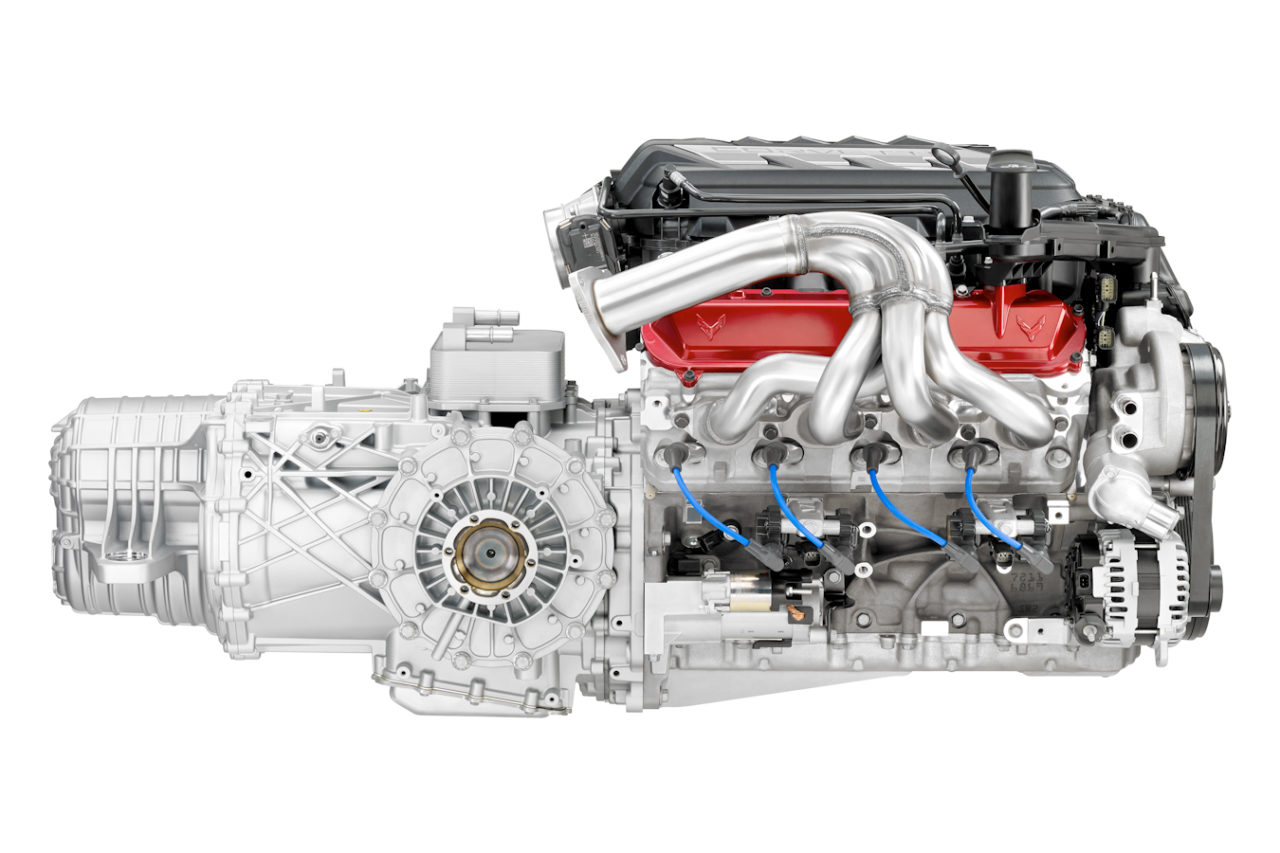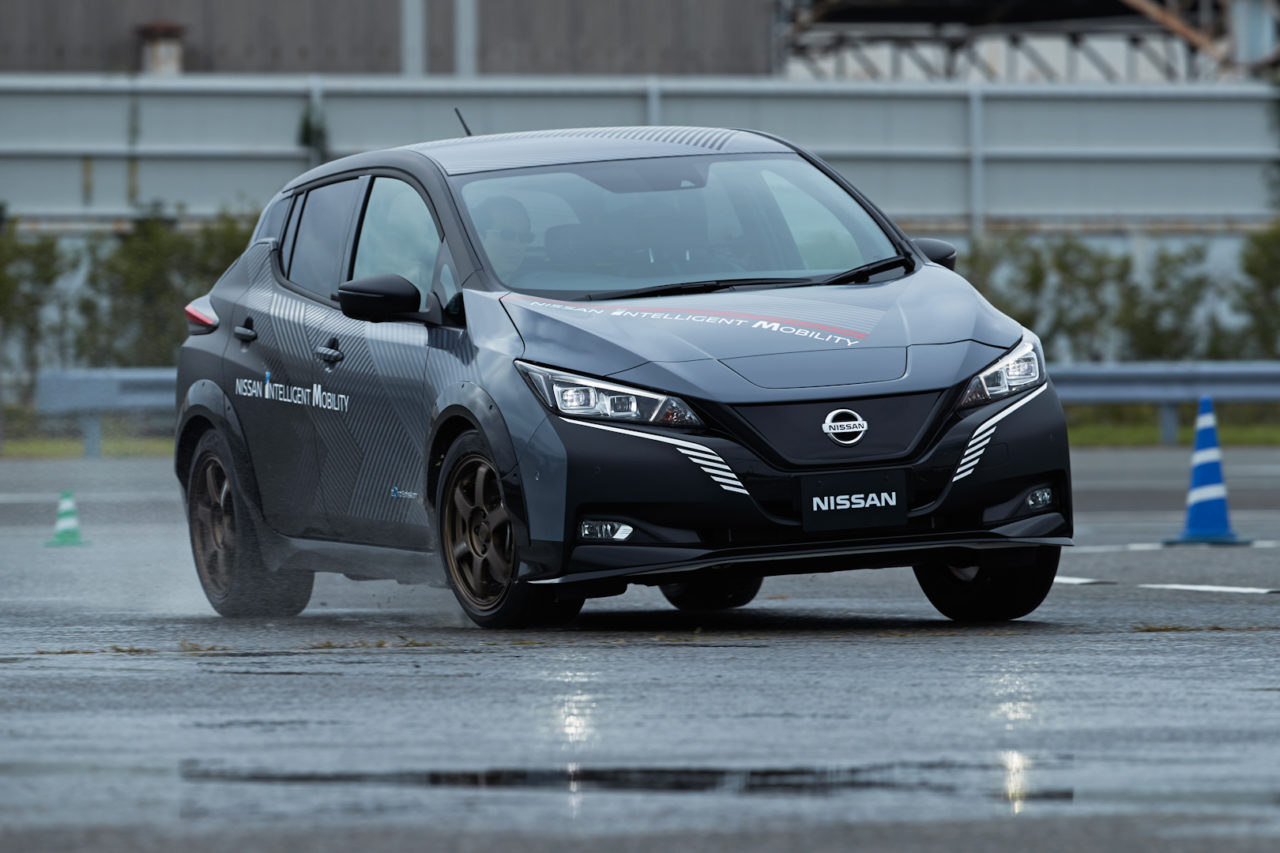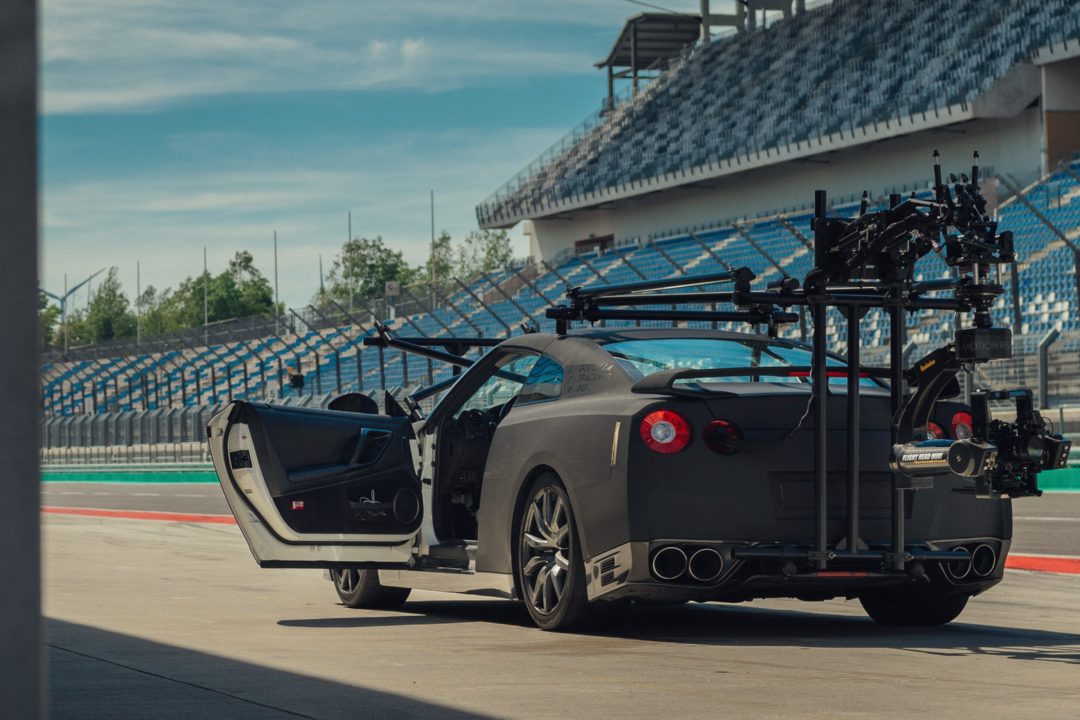Several physical barriers to high-speed transportation limit the implementation of a high-speed transportation network in North America. While the Japanese and Chinese have invested heavily in high-speed train networks, the cost of building high-speed rail lines is prohibitive given the current state of our public coffers. In search of a solution to this transportation conundrum, entrepreneur and inventor Elon Musk has proposed an high-tech alternative to magnetic levitation trains or flocks of flying cars.
Coined the Hyperloop, Musk would have us traveling around the continent in a series of tubes. In a state of partial vacuum (with barometric pressure standing at around one millibar), tightly fitting cars would be propelled through the tubes by way of air pressure.
In Musk’s design, an electrically driven inlet fan would suck air in from in front of the vehicle, compress it, and release it behind the vehicle, thus creating negative pressure in front, and positive pressure behind the tubemobile. Naturally, the question of aerodynamic drag is thus solved, leaving only the issue of friction in rotating parts such as wheel bearings. Picture a turbo-fan engine from a jet plane fitting tightly inside a tube, with passengers seated in between the front fan and rear exhaust – minus all the noise.
Again, thanks to clever innovation, the tubemobile would forgoe wheels, instead riding on a cushion of air much like a hovercraft. ‘Air-skis’ would eject air onto the bottom-lying rail system, thus elevating the craft off of the ground and removing direct friction.
What type of speeds would the Hyperloop vehicles be capable of? With so little friction in the picture, the tubular vehicle would be capable of a top-speed approaching 1,200 km/h (745 mph) – almost crossing the sound barrier!
Initial acceleration would be extreme – likely more than double what’s experienced when taking off in a jet plane. That said, the incredible speeds the Hyperloop would make possible would have you at your destination faster than any airliner. We miss you, Concorde!
The design would permit tubular vehicles to enter and exit the main tube networks, theoretically enabling well-heeled individuals to purchase private vehicles parked in short driveway-like tubes at their private residence. For the rest of us, public transportation style vehicles would seat enough people to make the trip less expensive.
Prototypes are currently under development and if all goes to plan, we may see the first Hyperloops in action within the next 5 years.



Comment